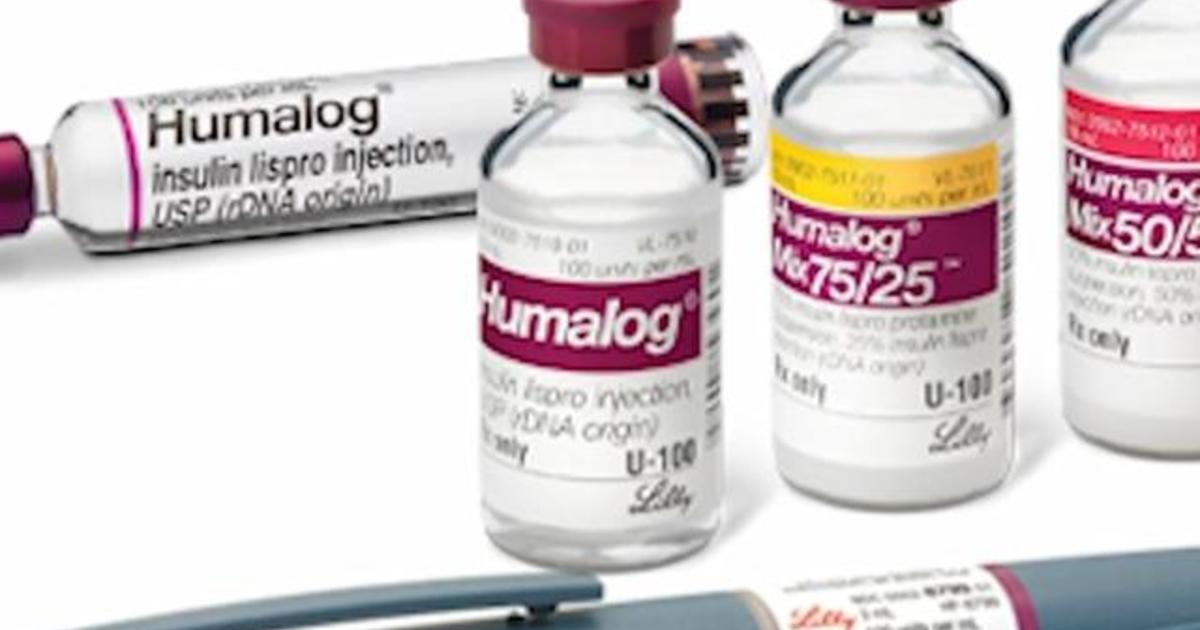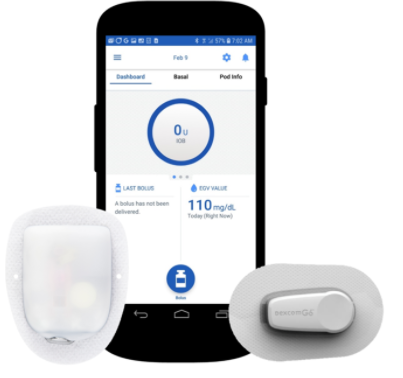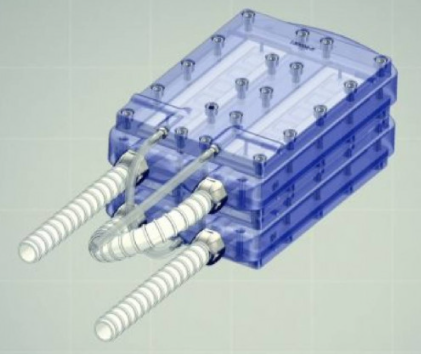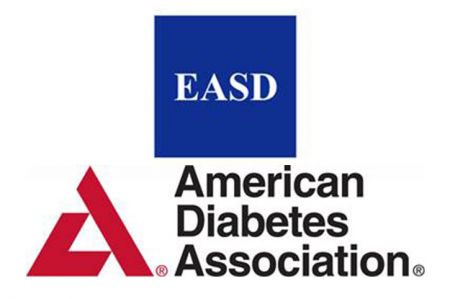Eli Lilly decreasing list price of insulin by 40% by 2022 was reported on CBS4Indy.com, 28 September 2021. Eli Lilly announced it is lowering the list price of its non-branded insulins, including the Insulin Lispro injection. Effective January 1, 2022, the prices for insulin will decrease by 40 percent — bringing the list price back to 2008 levels.
 Lilly says its Insulin Lispro is a lower list-priced alternative to Humalog U-100. The new list price will be $82.41 for individual vials and $159.12 for a pack of five pens. People who use any Lilly insulin are able to fill their monthly prescription for $35 thanks to the Lilly Insulin Value Program. It can be used by patients with commercial insurance or people who are uninsured.
Lilly says its Insulin Lispro is a lower list-priced alternative to Humalog U-100. The new list price will be $82.41 for individual vials and $159.12 for a pack of five pens. People who use any Lilly insulin are able to fill their monthly prescription for $35 thanks to the Lilly Insulin Value Program. It can be used by patients with commercial insurance or people who are uninsured.
“Lilly has introduced numerous affordability programs since 2017. Collectively, these solutions are significantly lowering the out-of-pocket costs for people using our insulins,” said David A. Ricks, Lilly’s chairman and CEO.
Read more: Eli Lilly decreasing list price of insulin by 40% by 2022
Insulet’s Omnipod 5 extension study data shows significant improvements in glycemic control was reported by Mamta Mayani for SeekingAlpha.com, 30 September 2021.
 Insulet presented positive pivotal trial extension phase results for the Omnipod 5 Automated Insulin Delivery System. The Company expects to launch Omnipod 5 in limited release in the U.S. late in Q4 2021. The data were presented at EASD 2021 Annual meeting.
Insulet presented positive pivotal trial extension phase results for the Omnipod 5 Automated Insulin Delivery System. The Company expects to launch Omnipod 5 in limited release in the U.S. late in Q4 2021. The data were presented at EASD 2021 Annual meeting.
-
- Omnipod 5 significantly improved time in range and reduced HbA1c in children, adolescents, and adults, aged 6-70 years, with type 1 diabetes over a period of 12 months.
- After 3 months of system use, adults and adolescents had a decrease in HbA1c from 7.2% to 6.8% which was maintained after a total of 12 months of use, with mean HbA1c remaining at 6.8%.
- Time in range (TIR) increased from 63.6% to 73.8% in the first 3 months of use, and persisted at 72.7% in months 10-12 of use, corresponding to an additional 2.3 hours in target range.
- Children had a decrease in HbA1c from 7.7% to 7.0% after 3 months of system use which was maintained after a total of 12 months of system use, with mean HbA1c remaining at 7.0%.
- TIR increased from 52.4% to 67.9% in the first 3 months, and persisted at 66.8% in months 10-12, corresponding to an additional 3.5 hours per day in target range.
Read more: Insulet’s Omnipod 5 extension study data shows significant improvements in glycemic control
The World’s First Artificial Kidney Could Finally Free People From Dialysis was reported by Loukia Papadopoulos for InterestingEngineering.com, 2 October 2021. The project just earned a $650,000 prize from KidneyX for its first-ever demonstration of a functional prototype.
 Although kidney transplants are possible, there is always more demand than can be met, and the risk that the patient’s body might reject the organ is always a possibility. Dialysis remains the most viable option but the process is complicated and burdensome for the patients.
Although kidney transplants are possible, there is always more demand than can be met, and the risk that the patient’s body might reject the organ is always a possibility. Dialysis remains the most viable option but the process is complicated and burdensome for the patients.
Now, a public-private partnership between the U.S. Department of Health and Human Services (HHS) and the American Society of Nephrology (ASN) founded to “accelerate innovation in the prevention, diagnosis, and treatment of kidney diseases” may have come up with a solution, according to a press release by the University of California San Francisco. Called the Kidney Project, the new invention is an implantable bioartificial kidney and it just earned a $650,000 prize from KidneyX for the first-ever demonstration of its functional prototype.
“The vision for the artificial kidney is to provide patients with complete mobility and better physiological outcomes than dialysis,” said Roy, who is a faculty member in the Department of Bioengineering and Therapeutic Sciences, a joint department of the UCSF Schools of Pharmacy and Medicine. “It promises a much higher quality of life for millions worldwide with kidney failure.”
Read more: The World’s First Artificial Kidney Could Finally Free People From Dialysis
New Comprehensive Consensus Report to Manage Type 1 Diabetes Launched by Major Diabetes Organizations EASD and ADA was reported by the American Diabetes Association, 1 October 2021.
 A new comprehensive Consensus Report to manage type 1 diabetes (T1D) has been launched by two leading diabetes societies – the European Association for the Study of Diabetes (EASD) and the American Diabetes Association (ADA). The final report, launched at the online annual meeting of EASD this week, is also published in Diabetologia (the official journal of EASD) and Diabetes Care (the official journal of ADA).
A new comprehensive Consensus Report to manage type 1 diabetes (T1D) has been launched by two leading diabetes societies – the European Association for the Study of Diabetes (EASD) and the American Diabetes Association (ADA). The final report, launched at the online annual meeting of EASD this week, is also published in Diabetologia (the official journal of EASD) and Diabetes Care (the official journal of ADA).
EASD and ADA decided together that a wide-ranging document to capture best practices for T1D was needed after their successful collaboration to provide similar guidance for people with type 2 diabetes (T2D) back in 2019. Although people with T1D represent 5-10% of all people with diabetes, this still amounts to over 25 million people worldwide.
“This new consensus statement not only brings in the advances that have been made in treating type 1 diabetes in recent years, but also covers other vital areas from a patient perspective – such as the psychosocial consequences of living with the condition, that can sometimes be neglected,” explains co-author Dr. Anne L. Peters, Professor of Clinical Medicine at Keck School of Medicine, University of Southern California, Los Angeles, CA.
While various other guidance has been published in the past relating to people living with T1D, a clear consensus document has been lacking, and recommendations for people with T1D are often confused with or ‘bundled in’ with those for people who have T2D. To get a broad range of perspectives, the writing team for these new guidelines included 14 experts, with half based in the United States and half in Europe, across a range of healthcare disciplines.
The areas covered in the report are: diagnosis, goals of therapy and blood sugar targets, schedule of care, diabetes self-management education and additional behavioral considerations, glucose monitoring, insulin therapy, managing hypoglycemia, psychosocial care, diabetic ketoacidosis, pancreas and islet cell transplantation, additional therapies, special populations (including pregnant women, older adults, and inpatient management), and developing future technologies including beta-cell replacement and immunotherapy.
Front and center of the report is the need to address all these factors from the patient’s perspective.
Read more: Comprehensive Consensus Report to Manage Type 1 Diabetes
JDRF Northern California Chapter Research Discussion was recorded on 30 September 2021 during their annual meeting and research update. The event featured a panel research discussion with Jeffrey Bluestone, PhD; Alex Marson, MD, PhD; and Jennifer Schneider, MD, moderated by JDRF’s CEO, Aaron Kowalski, Ph.D.
 Jeffrey Bluestone, PhD, is President & CEO @Sonoma Biotherapeutics and the A.W. and Mary Margaret Clausen Distinguished Professor, UCSF. He is a highly accomplished scientific researcher whose work over 4+ decades has led to more than 500 publications focused on understanding the basic processes that control T-cell activation and immune tolerance in autoimmunity, organ transplantation and cancer. His research has led to the development and commercialization of multiple immunotherapies, including an FDA-approved drug targeting T-cell activation in autoimmune disease; Teplizumab, an anti-CD3 drug efficacious in at-risk and new-onset type 1 diabetes, the first CTLA-4 antagonist drugs approved by the FDA for the treatment of metastatic melanoma, and is leading the development of regulatory T cell therapies to treat autoimmunity. Dr. Bluestone was the founding Director of the Immune Tolerance Network, the largest NIH-funded clinical immunology research program, testing novel immunotherapies in transplantation, autoimmunity, and asthma/allergy.
Jeffrey Bluestone, PhD, is President & CEO @Sonoma Biotherapeutics and the A.W. and Mary Margaret Clausen Distinguished Professor, UCSF. He is a highly accomplished scientific researcher whose work over 4+ decades has led to more than 500 publications focused on understanding the basic processes that control T-cell activation and immune tolerance in autoimmunity, organ transplantation and cancer. His research has led to the development and commercialization of multiple immunotherapies, including an FDA-approved drug targeting T-cell activation in autoimmune disease; Teplizumab, an anti-CD3 drug efficacious in at-risk and new-onset type 1 diabetes, the first CTLA-4 antagonist drugs approved by the FDA for the treatment of metastatic melanoma, and is leading the development of regulatory T cell therapies to treat autoimmunity. Dr. Bluestone was the founding Director of the Immune Tolerance Network, the largest NIH-funded clinical immunology research program, testing novel immunotherapies in transplantation, autoimmunity, and asthma/allergy.
Alex Marson, MD, PhD, is Director of the Gladstone-UCSF Institute of Genomic Immunology, and Associate Professor in the UCSF Department of Medicine. The Marson Lab is pioneering new CRISPR gene editing technologies that offer faster, cheaper and more precise ways to rewrite DNA programs in human immune cells. With these tools, the lab is engineering new cellular immunotherapies for cancer. Marson attended college and medical school at Harvard. He received a master’s degree in Biological Sciences from Cambridge University and a PhD in Biology from MIT. Marson was a resident at the Brigham and Women’s Hospital, and completed clinical training in Infectious Diseases at UCSF. He started his lab as a UCSF Sandler Faculty Fellow in 2013. Marson is the scientific director for Human Health at the Innovative Genomics Institute (IGI). He is a member of the Parker Institute for Cancer Immunotherapy and was selected as one of the inaugural Chan Zuckerberg Biohub investigators.
Jennifer Schneider, MD, currently serves as President on the JDRF Northern California Chapter Community Board, as well as on the JDRF International Board of Directors. She is the President & Chief Medical Officer of Surf Bio, leveraging a novel biotechnology platform to develop enhanced therapeutic solutions for Diabetes, Oncology, HIV, COVID-19, and other therapeutic areas. She advises several early-stage medical device companies and is a visiting scholar at Stanford. She also served as EVP for health and wellness for the Palo Alto Unified School District and developed a comprehensive diabetes plan for students in the district. Dr. Schneider’s daughter, Taylor, and husband, Dain, both live with type 1 diabetes (T1D). Her husband developed T1D as an adult, and just a few years later their daughter developed T1D at the age of two.
Aaron Kowalski, PhD, is the Chief Executive Officer of JDRF. He is an internationally recognized expert in the area of diabetes technologies and was a leader of JDRF’s Artificial Pancreas Research Project. He has authored numerous articles on T1D research and was a co-author of a landmark study in The New England Journal of Medicine that revealed the effectiveness of continuous glucose monitors in T1D management. He combines his professional experience as a scientist with his personal experience of living with T1D for over 30 years to help guide and champion JDRF’s programs.


While I remain interested in all the stories today, I have to say bravo to Eli Lilly. Lilly has taken significant grief over many years for the price of insulin. In fact, in my view, they have unduly been singled out. So with the new pricing schedule, can we now say Lilly has done a great deal to normalize insulin pricing. Now can we also say that the ball is in the court of the PBM’s, retailers, and insurance companies?